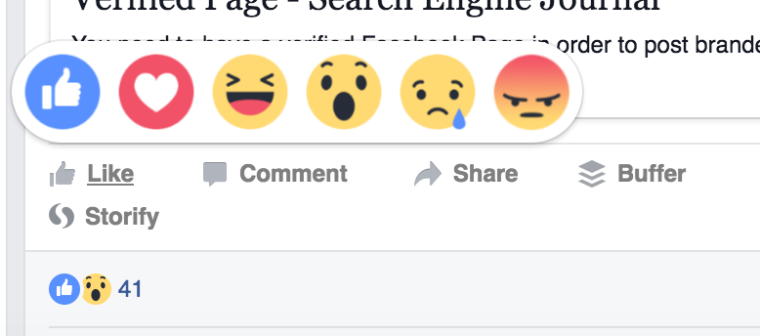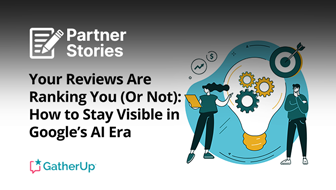After years of the echoing cry for a “Dislike” button on Facebook, at the end of February, Facebook finally launched alternatives to the “Like”. While not a thumbs-down, per se, the new Facebook Reactions offer the ability for a user to respond to a post with a Like, Love, Haha, Wow, Sad, or Angry emoticon.
But how are these reactions integrating into the day-to-day of Facebook responses?

Quintly, in their Social Media Analytics Blog, recently published a study on Facebook interaction since the launch of Facebook Reactions. After analyzing 130,000 posts, the study found Facebook’s new Reactions are rarely used in comparison to the tried-and-true Like—regardless of audience size.
“On average Facebook Reactions have low significance,” the study reported after announcing 76.4% of posts analyzed were Liked compared to another interaction.
Fourteen-percent of interactions studied were Shares and 7.2% were comments—leaving a small 2.4% “Other” to include the five new reaction options.
 The study also found:
The study also found:
- Most interactions were with the positive Reactions
- The Love button is the most used of the new Reactions
- Videos receive 40% more Reactions than image posts

In the end, Facebook Reactions may provide businesses great benefits—such as better means for “Sentiment Analysis” and a more in-depth look at how readers are perceiving posts—but it’ll be interesting to see how marketers will encourage users to click on more than that iconic blue thumbs-up.
Read the whole study here.
Image Credits
Featured Image: Shutterstock
Screenshots by Caitlin Rulien. Taken May 2016.

![Facebook Reactions Rarely Used [STUDY]](https://www.searchenginejournal.com/wp-content/uploads/2016/05/shutterstock_381876418-1.jpg)



